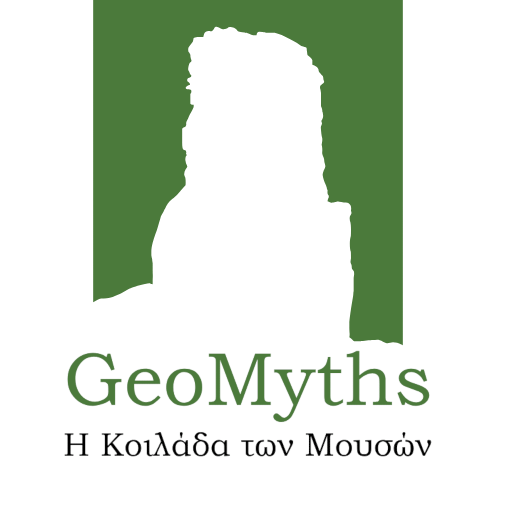Sanctuary of the Muses - Aganippe Spring
We are now heading towards the Sanctuary of the Muses.
On our left is the sacred spring Aganippe with the black bottom part of which is now in the spiritual center of Ascra.
We leave the car on the road and follow the downhill path on our left, cross the wooden bridge and reach the Sanctuary of the Muses.
In 1890, excavations were carried out by the French School of Archaeology and the theatre, the altar of the Muses, the Ionic Lodge and the pedestals of the statues of the Muses were revealed. Unfortunately, the excavations were not completed and their results were not published, and as a result the findings were covered up again.
When the Aloades built Ascra, they brought with them the cult of the Muses. Since then, Helicon was named the sacred mountain of the Muses and the valley - located above the river Permissos - was called the Valley of the Muses.
At the foot of Mount Helicon a temple was built in honour of the Muses and since then the Muses, from Pierides, were renamed Heliconiades. It is the only sanctuary of the Muses in the ancient world, from whose priesthood Hesiod and Pindar drew their knowledge.
The Muses were originally three, Melete, Mneme, and Aoide, but with the development of the arts and sciences, Hesiod increases their number to nine. Each Muse protected a particular art or science, as is typically seen in the quotations of Arsenios:
Clio of history, Herodotus
Melpomene of tragedy, Euripides
Terpsichore of lyre, Pindar
Calliope of poetry, Homer
Polymnia of geometry, Euclid
Thalea of comedy, Menander
Euterpe of courts, Stesichorus
Erato of cymbals, Hermes
Urania of astronomy, Arattus
Most myth writers consider them virgins, because people believe that the virtues that come from education are incorruptible. The early naming authors derived the name of the Muses from the verb Mo, which means to seek, to seek and to find knowledge by the gallows. So then the work of the Muses is to "initiate" people into the realm of spiritual creation.
In the sanctuary of the Muses there were their statues which Pausanias mentions and describes. Some of them were transferred by order of Constantine the Great to Constantinople to decorate his palace, while the remaining pedestals of the statues are now exhibited in the Museum of Thebes.
The Ionic stoa, of which only part of the foundations survive, had dimensions of 96.60 x 10.00. The offerings to the sanctuary were kept in the stoa. The findings there were transferred to the national archaeological museum and the museum of Thebes.








 Your session has timed out for security reasons.
Your session has timed out for security reasons.